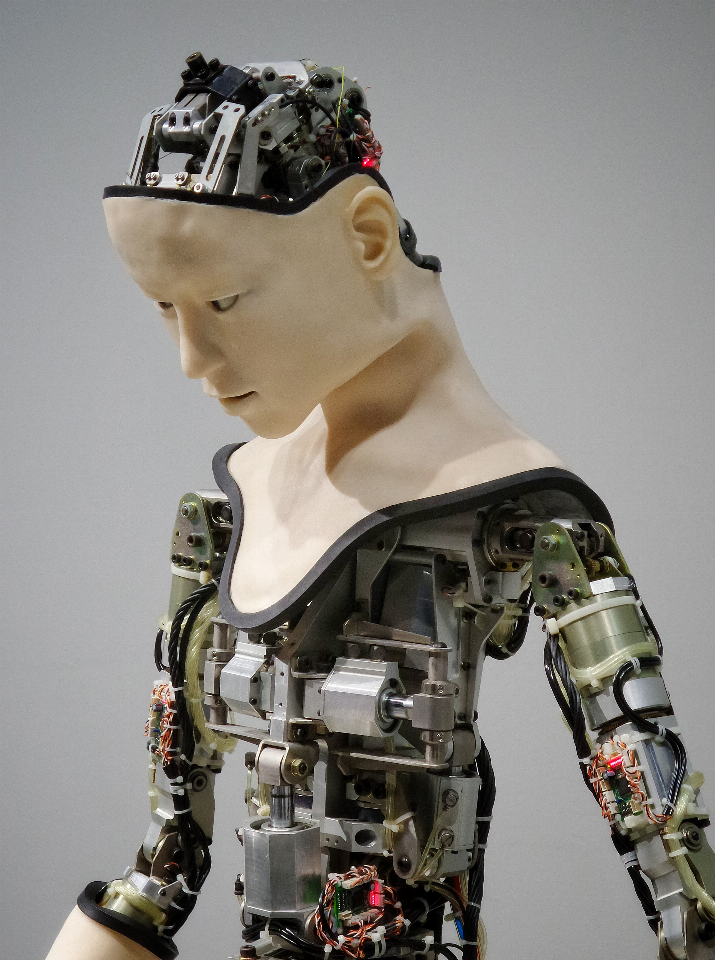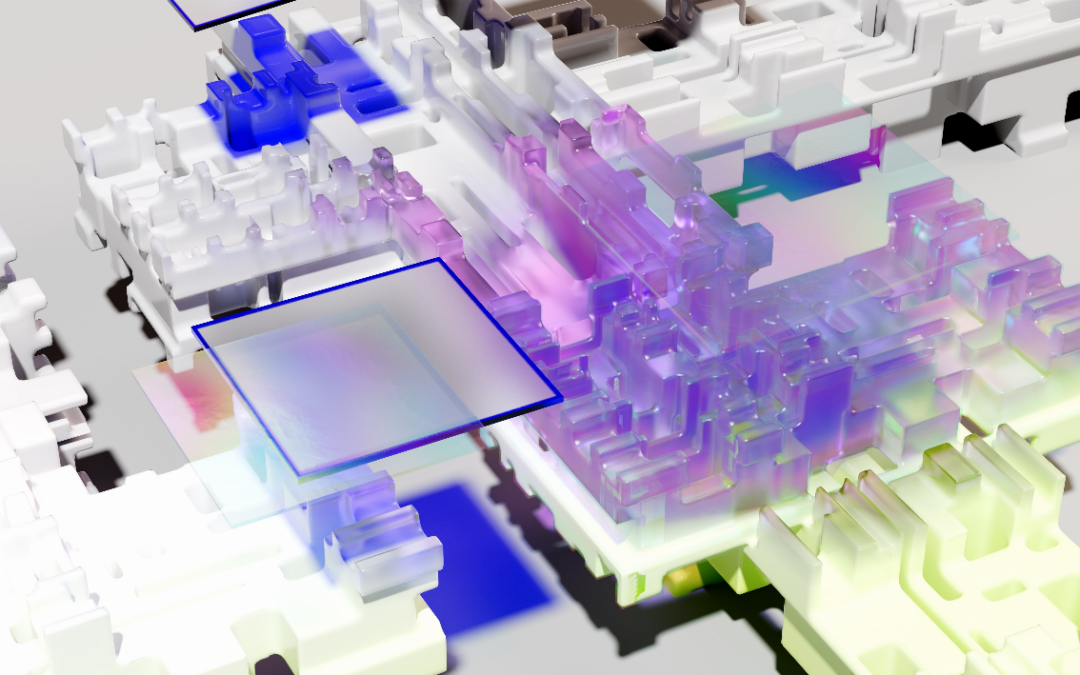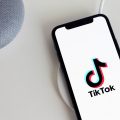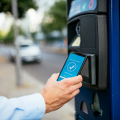In the realm of technological advancements, one innovation that has risen to prominence in the past few years is the chatbot. This AI-driven software, designed to mimic human-like conversation, is not a new concept. Still, it has been reimagined and refined with new advancements, particularly with the introduction of the GPT model, fundamentally reshaping our interaction with machines.
Tracing the evolution of chatbots
Chatbots, essentially AI-powered software applications, have evolved over time to be key facilitators of human-computer interaction. Their purpose lies in replicating human conversation in the most natural language possible through messaging interfaces or voice commands. However, their journey has been quite transformative, with the early forms being simplistic and often unable to fully meet user expectations.
At the inception, chatbots were primarily rule-based. They were programmed to follow a strict script and respond to certain keywords or prompts. Take, for example, an early customer service chatbot deployed by an online retail store. A user querying about an order’s status would trigger a specific response from the bot. Still, a slightly altered query, such as “When will my package arrive?” would stump the bot, potentially leading to user frustration and a compromised customer experience.
In addition to their inflexibility, these early chatbots lacked the ability to learn from their interactions. Each conversation was separate, with no recollection of past user inputs. This lack of context awareness and the inability to handle complex queries or multi-turn conversations further accentuated their limitations, making users feel as though they were interacting with a machine rather than a sophisticated digital assistant.
The advent of GPT-powered chatbots
With the advent of GPT, a generative pre-training transformer, the chatbot landscape has witnessed a paradigm shift. A chatbot GPT, unlike its predecessors, does not merely react to user inputs but actively interacts with users. Its sophisticated design allows it to understand the context, maintain the continuity of conversations, and learn from past interactions, making conversations more natural, engaging, and human-like.
With their advanced capabilities, GPT chatbots can handle complex queries, manage multi-turn conversations, and even generate creative responses, significantly improving the overall user experience. In our previous example, a GPT chatbot, when asked about the package arrival, would comprehend the request and provide a detailed and satisfactory response, setting a new standard for customer service.

Impact on business operations and customer relations
Chatbots, and in particular, those empowered by GPT, have significant business implications, transcending the boundaries of traditional customer service. Their applications in various sectors have transformed the way businesses interact with their customers, offering a multitude of benefits.
One of the most significant advantages of GPT chatbots is their ability to offer round-the-clock customer service. Businesses operate in a global market and customers might need assistance at any hour. GPT chatbots stand in this gap, promptly responding to user queries irrespective of the time, enhancing customer satisfaction and loyalty. For instance, if a customer is browsing an online clothing store at midnight and has a question about the size guide, a GPT chatbot can instantly provide the required information, fostering a positive shopping experience.
GPT chatbots are also capable of handling multiple queries simultaneously, which dramatically reduces the workload of human agents and operational costs. They can manage everything from answering FAQs to troubleshooting issues, freeing up human resources for tasks that require more complex problem-solving skills.
Moreover, they can provide personalized recommendations based on user behaviour and preferences. For instance, if a customer frequently orders vegetarian dishes from a food delivery app, the GPT chatbot can recommend new vegetarian restaurants or dishes they might enjoy.
A comprehensive list of use-cases for GPT chatbots across various sectors includes:
- E-commerce: assisting customers with product selection, answering queries about shipping and return policies, and offering personalized product recommendations.
- Banking: providing instant updates on account balances, facilitating money transfers, and answering frequently asked questions about banking services.
- Healthcare: scheduling appointments, providing medication reminders, and offering basic health advice.
- Travel and Hospitality: assisting in hotel bookings, providing flight status updates, and giving recommendations for local attractions or eateries.
- Education: providing information about course content, facilitating enrolment procedures, and answering common queries about academic programs.
The limitations and applicability of GPT chatbots
While GPT chatbots hold great promise, it’s crucial to understand that they aren’t a silver bullet for all customer service and interaction needs. These chatbots have limitations that can pose challenges in certain sectors and situations, underscoring the fact that human intervention remains essential in complex and sensitive situations.
One of the main limitations lies in their ability to understand context, especially when it involves complex human emotions or nuanced conversations. GPT chatbots learn from the data they’re trained on and generate responses based on patterns. They don’t possess the human ability to interpret emotions, sarcasm, or implicit meanings that aren’t directly expressed. A conversation with a frustrated or upset customer, for example, requires empathy and delicacy, something that a chatbot might not successfully provide.
Additionally, while GPT chatbots can handle a wide range of queries, they can sometimes struggle with complex or highly specific requests. Since their responses are based on patterns in data, they can falter when faced with a situation that requires out-of-the-box thinking or creative problem-solving. An example could be a situation where a customer asks for advice on a very specific and unusual issue with a product or service. The chatbot might provide a standard solution that doesn’t really apply to the unique problem at hand, leading to customer dissatisfaction.
It’s also worth noting that the success of a GPT chatbot heavily depends on the quality of its training data. If the data is biased, incomplete, or incorrect, this will negatively impact the chatbot’s performance. Therefore, companies need to ensure they use high-quality, diverse, and unbiased data when training their chatbots.
The power and promise of GPT chatbots
The rise of GPT chatbots signals a new era in human-machine interaction. Their ability to learn, adapt, and engage with users in a conversational manner has reshaped our expectations of chatbots. While they may not be applicable in every sector, their potential in enhancing customer service, driving operational efficiency, and providing personalized user experiences cannot be understated. As technology evolves, the limitations of GPT chatbots will likely be addressed, expanding their applicability and enhancing their interaction quality even further. The future of human-machine interaction is here, and GPT chatbots are leading the charge.








